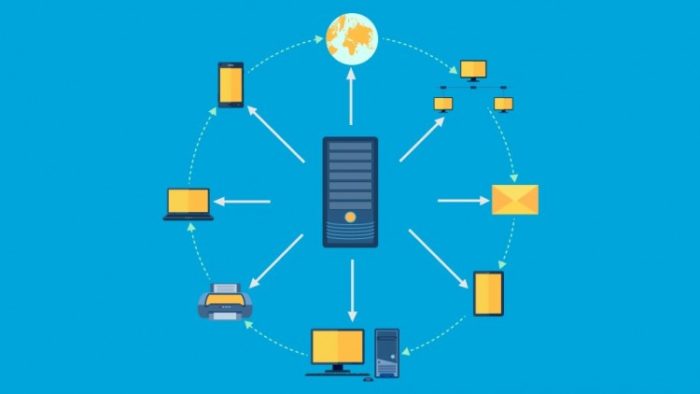Do you know about data analytics? These data analytics allow for an industry to obtain any insights from patters and connections that are found so they can make better decisions. Businesses are able to achieve multiple advantages by using these statistics. Analytics help find meaning in real-time or historical data so there can be prediction made about the future to improve the probability of success. Due to the healthcare industry using data analytics they will be able to benefit their business by improving patient care quality, improve operational efficiency, and prevent diseases. Every business is curious on how they can make their operations better whether it’s for money savings or for the care of patients. Using analytics will allow for the improvement of operational efficiencies. The ERP systems allow for them to collect all the information that they want to include in their statistics. Analytics allow for businesses to find the gaps Continue reading
Data Management
Understanding Different Eras of Data Analytics
Back in the 1950’s and 1970’s, the role of information systems (IS) was to support operational functions within the organization. IS was primarily used in transaction applications, involving accounting transactions. The focus was on IS efficiency and IS effectiveness. With the advent of internet and as information technology (IT) advanced over time, the methods to assess the data and the amount that could be processed increased significantly. Data became more quickly accessible and could be processed at greater speeds. This assisted organizations and managers to report and run data more effectively. Information systems have helped organizations improve their decision making process and help managers reduce the risk involved. The way in which Data Analytics field has evolved in terms of capabilities and volume is of significance. Analytics has evolved and has been perceived differently across different periods in time or eras. ANALYTICS 1.0 – THE ERA OF BUSINESS INTELLIGENCE AND TRADITIONAL Continue reading
Revenue Management in the Hospitality Industry
The revenue management refers to the application of business analytics methods to the consumer behavior at the micro-level and optimizes the product type, price and availability so that the revenue of the organization is maximized. The primary aim of revenue management is to assure that the right product is sold at the right moment to the right customer. The analytical methods are applied to understand the perception of the customers regarding the product value and using it to align with the price, availability and the placement of the product service. The business organization often faces questions regarding different consumer product such as how to sell them and when to sell them. The revenue management uses the data driven and analytical methods to maximize the organization’s revenue. The revenue management encompasses data mining and operational research so that the customer behavior can be identified and associated with the sales procedure of Continue reading
What Is Big Data?
Around the late 1990s the term “Big Data”, was launched at the Silicon Graphics Inc although it did not become a massive buzz word until 2011. Big Data can be defined as a term, used to described the huge datasets, which consist of both structured and non-structured data. These data sets can be very complex, however with techniques and various types of tools, this can enable the collecting, storage, cleansing, extract of the data to be analyzed. The analyzed data can offer great benefits to various types of industry. There is a massive market for companies for all types of industries to know what people want. For example, the television company might what to know what types of programs people like to watch? This means the company could stream the data from a live feed such as Facebook or twitter. As the internet, has grown people are now communicating at Continue reading
The Role of Big Data in Marketing
Big data is large and complex data sets that are collected by companies and governments. The data that involve many types of information arriving in increasing volumes and with the incredibly fast rates. Big data signifies colossal volumes of data are being generated from assorted sources such as business processes, machines networks, and social media. Historically, it is a challenge to reserve the enormous volume of data, by the progression computing capacity that storage is not an issue anymore. Big data can be classified into three types of data which is structured data, unstructured data, and semi-structured data. The structured data being easily entered, processed, queried, stored and recover into a fixed format. The typical examples of structured data contain numbers and dates. The unstructured data cannot be fit or classified into a net box and the process and analysis are very hard and time-consuming. For instance, objects from blogs, Continue reading
Data Warehousing – Meaning, Benefits and Implications
What is Data Warehousing? The term data warehouse or data warehousing was first coined by Bill Inmon in the year 1990 which was defined as a “warehouse which is subject-oriented, integrated, time variant and non-volatile collection of data in support of management’s decision making process”. When referring to data warehousing as subject oriented, it simply means that the process is giving information about a particular subject rather than the details regarding the on-going operations of the company. Moreover, when data warehousing was referred to as integrated it means that the data or information which are gathered from a number of sources are then all gathered to synthesize a coherent whole. On the other hand, data warehousing being time variant simply means that the data available were identified on a particular period. Lastly, data warehousing as being non-volatile means that the data is stable and when a new data is added Continue reading





